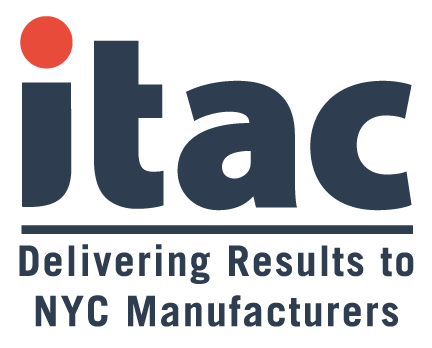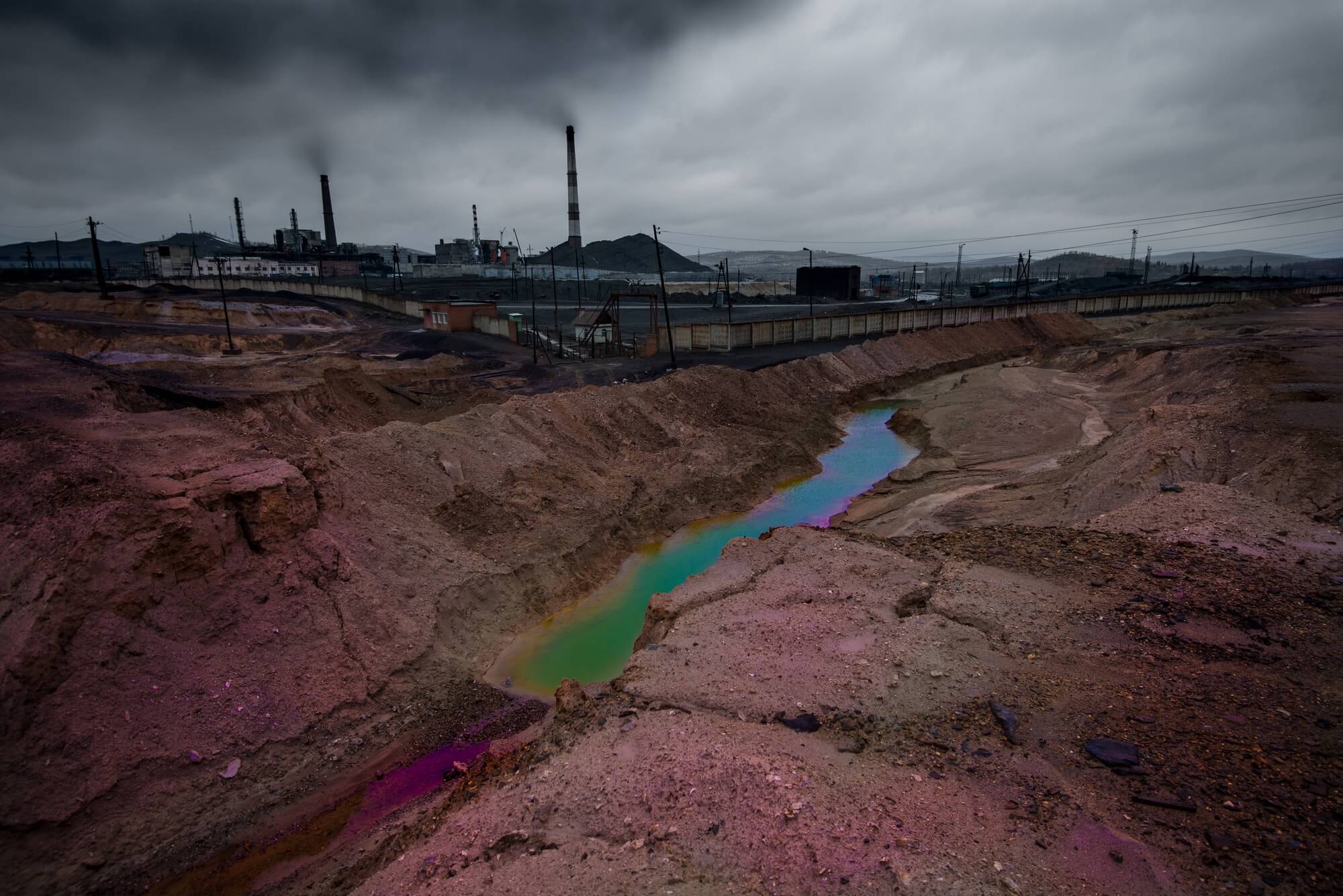Climate change is continuing to dominate headlines. Fires have raged in Australia and California raising concerns about the role of climate change, Greta Thunberg has addressed the UN and world leaders, and Jeff Bezos has announced a $10 billion fund to combat climate change. What is the impact of climate change on businesses and supply chains, and what should businesses do about it?
A recent Climate Risk and Response report estimates the physical impact and cost of climate change to 2050, if no additional decarbonization occurs, and without further adaptation action. In addition to temperatures rising by a couple of degrees, it is extreme weather events that we expect to become more frequent and impact current supply chains.
Under this scenario, we expect that the next 30 years will see significant effects in 5 main systems: livability and workability, food systems, physical assets, infrastructure services, and natural capital. “Livability and workability” considers whether people can live and work comfortably without disruption: by 2050, between 700 million and 1.2 billion people could live in areas with a 14% average annual probability of lethal heatwaves. In terms of food systems, volatility will increase. We estimate that by 2050, the risk that global grain yields will decline by at least 15% in a given year will quadruple vs. today – the risk of an oversupply will also increase by 3x versus today.
Physical assets and infrastructure services will become more vulnerable to hurricanes, fires, and other natural disasters that are likely to increase in frequency and / or severity. The resulting impact is often non-linear, with large scale impacts as engineering thresholds of physical assets like dams or subway systems are breached by intense events. The damage to capital stock from riverine flooding would be four times greater by 2050 in the scenario examined.
The fifth system altered by climate change is natural capital, referring to global biodiversity and the natural environment like glaciers, forests, and ocean ecosystems. By 2050, 45% of the earth’s land area is projected to experience shifts in naturally occurring ecosystems and species relative to where they were in 1900. Glaciers are already retreating; and around 70% of the decline in Himalayan glaciers can be attributed to climate change.
We can see from the examples above that the impact of climate change can be significant for physical assets—from damage caused by floods, fires, hurricanes, or other natural disasters. Hurricane Sandy created about $60 billion in damage in 2012 and was found to be 3x more likely as a result of climate change. However, beyond the direct impact on physical assets like factories or warehouses, the consequences across the supply chain could be even more significant. Companies usually optimize their global supply chains for efficiency (getting goods there quickly and cheaply) rather than resiliency (alternative plans in case of an interruption). The result? Low inventory and small margins for error.
The global interruption in supply chain that we have seen over the last month with the COVID-19 coronavirus has shown just how little resiliency is built into even quite large and sophisticated supply chains, as in the automotive and consumer-electronics sectors. In semiconductors, for example, what is today a 1-in-100-year hurricane would likely disrupt the supply chain for months and lead to significant revenue losses in a given year. The chance of such a highly damaging hurricane happening in the western Pacific is projected to double or even quadruple by 2040.
Given the broad-reaching impact of climate change, what can organizations do to mitigate the risks? Three primary actions can help:
- Embed climate risk into decision making;
- Manage existing climate risk more effectively and comprehensively; and
- Decarbonize to prevent additional climate risk.
Embedding climate risk into decision making could range from reexamining which outsourcing and offshoring providers to select, to reshaping logistics routes, to revamping entire capital-planning projects. Working rising risks into outsourcing and offshoring contracts will help protect against business-continuity and disaster-recovery costs. The same is true when considering location selection for significant capital-planning projects, such as where to build a data center, a new factory, or a new headquarters.
Climate science tells us that the next decade of warming is largely “locked in” due to the inertia of the earth’s system, and organizations will need to prepare to manage existing climate risk more effectively and comprehensively. The pace and scale of adaptation will likely need to be increased significantly. Building plants protected for rising hazard levels, including retrofitting existing plants, boosting inventory levels and diversifying suppliers across geographies could prepare companies for the immediate consequences of climate risk.
Finally, while adaptation is now urgent and there are many adaptation opportunities, climate science tells us that further warming and risk increase can only be stopped by achieving zero net greenhouse gas emissions. Prudent risk management will require decarbonization at scale and action by all stakeholders to prevent further build-up of risk.
Finding solutions to mitigate and adapt to climate change will require leaders and companies to think about regulation, technology, and capital in creative ways. Solutions that are showing promise will need to be developed and scaled quickly to impact the magnitude and timeline of climate change. Climate change must be front-of-mind during all innovation processes, and organizations must be ready to adapt to current and future regulatory requirements. Capital investments to fund solutions will be vital as our well-being, and that of future generations, depends on it.
The insight is from Forbes.com. You can read the full article by clicking here.






